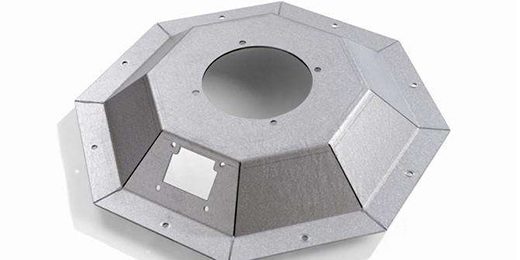The following are some successful application cases of progressive dies for automotive stamping parts:
Case 1: Automotive door panel stamping
A certain automobile manufacturing enterprise adopted a progressive die when producing automotive door panels. Through reasonable die design, multiple processes such as punching, trimming, and flanging are integrated into one set of die. In this way, not only is the production efficiency greatly improved. From the original single-process production that required multiple devices and multiple operations, it has now become possible to continuously complete multiple processes with one device. Moreover, the dimensional accuracy and consistency of the product have been significantly enhanced. The dimensional deviation of various parts of the door panel is controlled within a very small range, ensuring perfect cooperation with other parts of the vehicle body. At the same time, the improvement of the degree of automation also reduces the errors and safety risks brought about by manual operations.
Case 2: Automotive engine hood stamping
A well-known automobile manufacturer has applied a progressive die in the production of engine hoods. This die can operate stably under high-speed stamping and achieve efficient production. Through precise die structure design, the shape accuracy and surface quality of the engine hood are ensured. In the punching process, the die can accurately punch holes of various sizes at specific positions, providing convenience for subsequent assembly. At the same time, in the stretching process, it can evenly stretch the sheet metal to avoid local thinning or cracking. The finally produced engine hood has high strength and beautiful appearance, meeting the requirements of high performance and high quality of automobiles.
Case 3: Automotive bumper stamping
For large stamping parts such as automotive bumpers, progressive dies also play an important role. In the production process, progressive dies can continuously complete processes such as blanking, punching, and bending. By optimizing the cooling system of the die, the temperature during the stamping process is effectively controlled, ensuring the dimensional stability of the bumper. Moreover, the multi-station design of progressive dies makes the production process more smooth and greatly shortens the production cycle. The yield of bumpers has also been significantly improved, reducing production costs.






